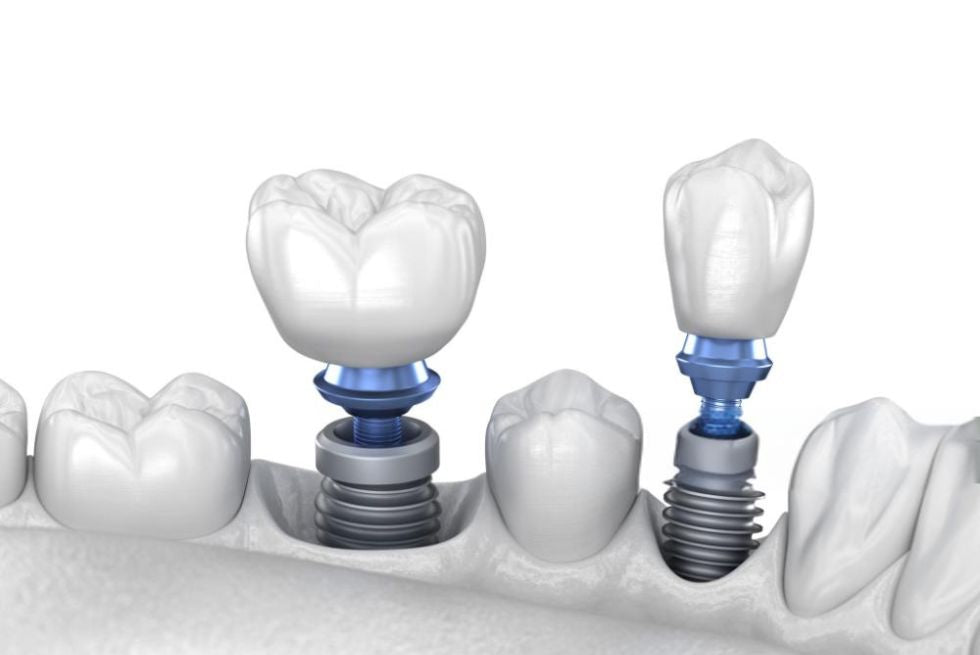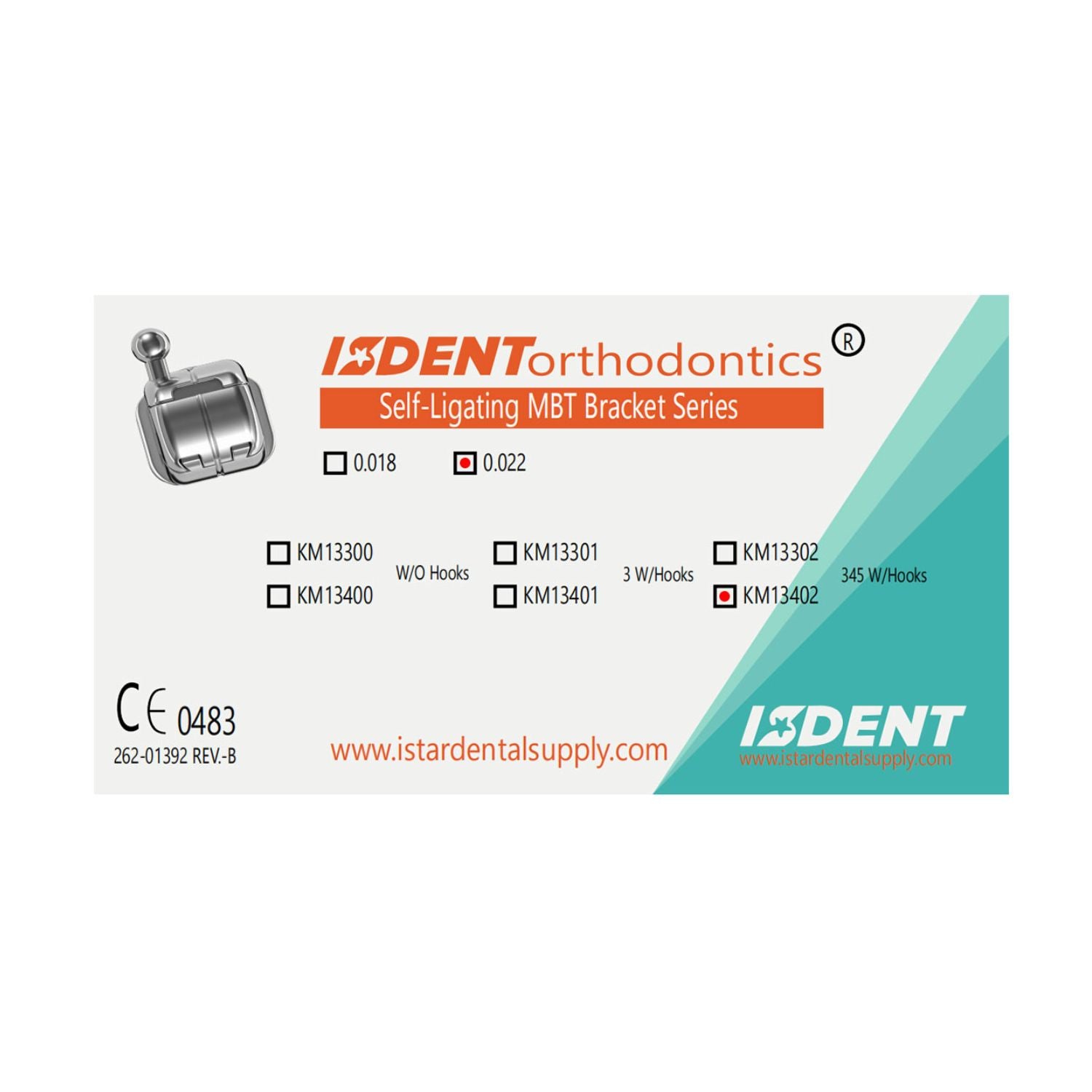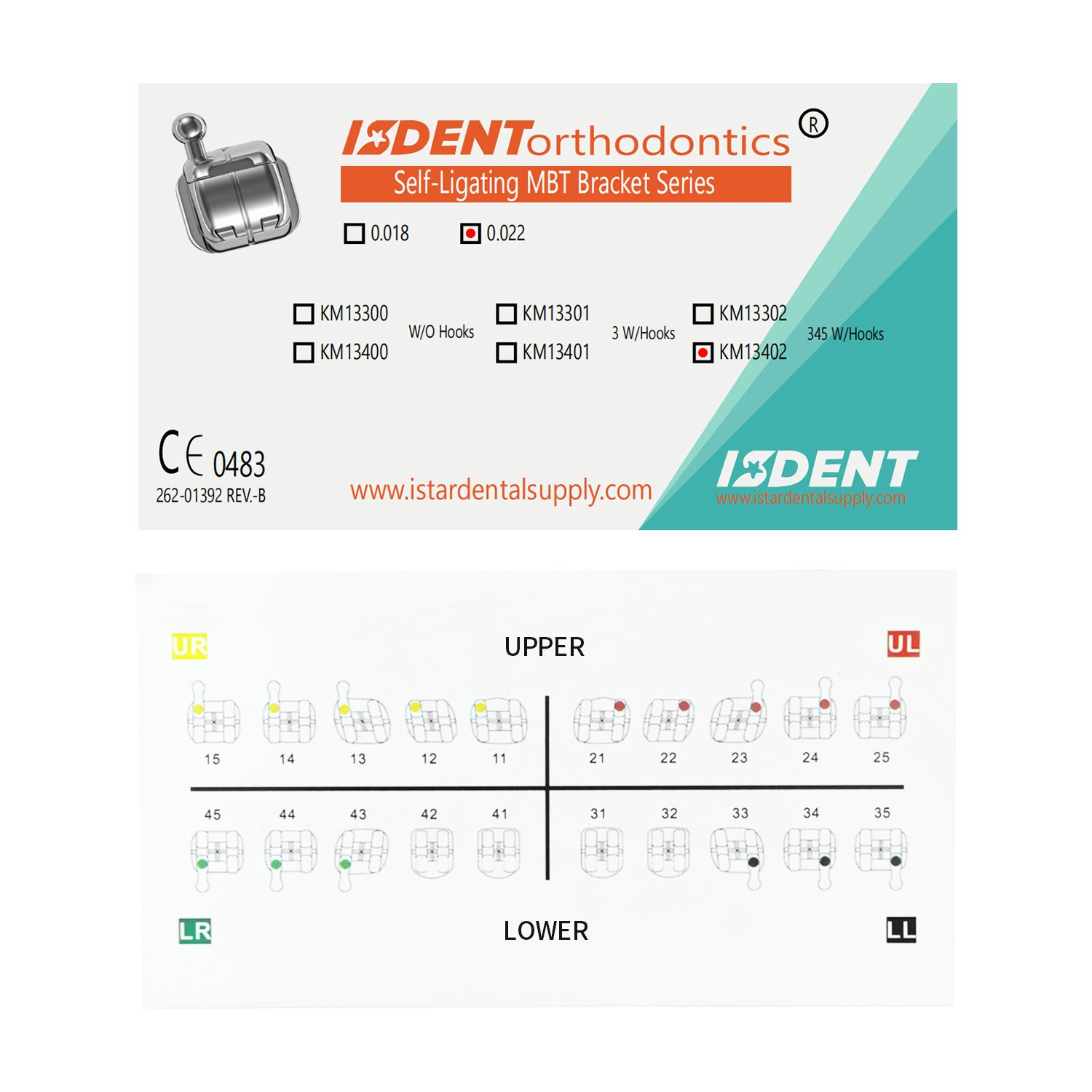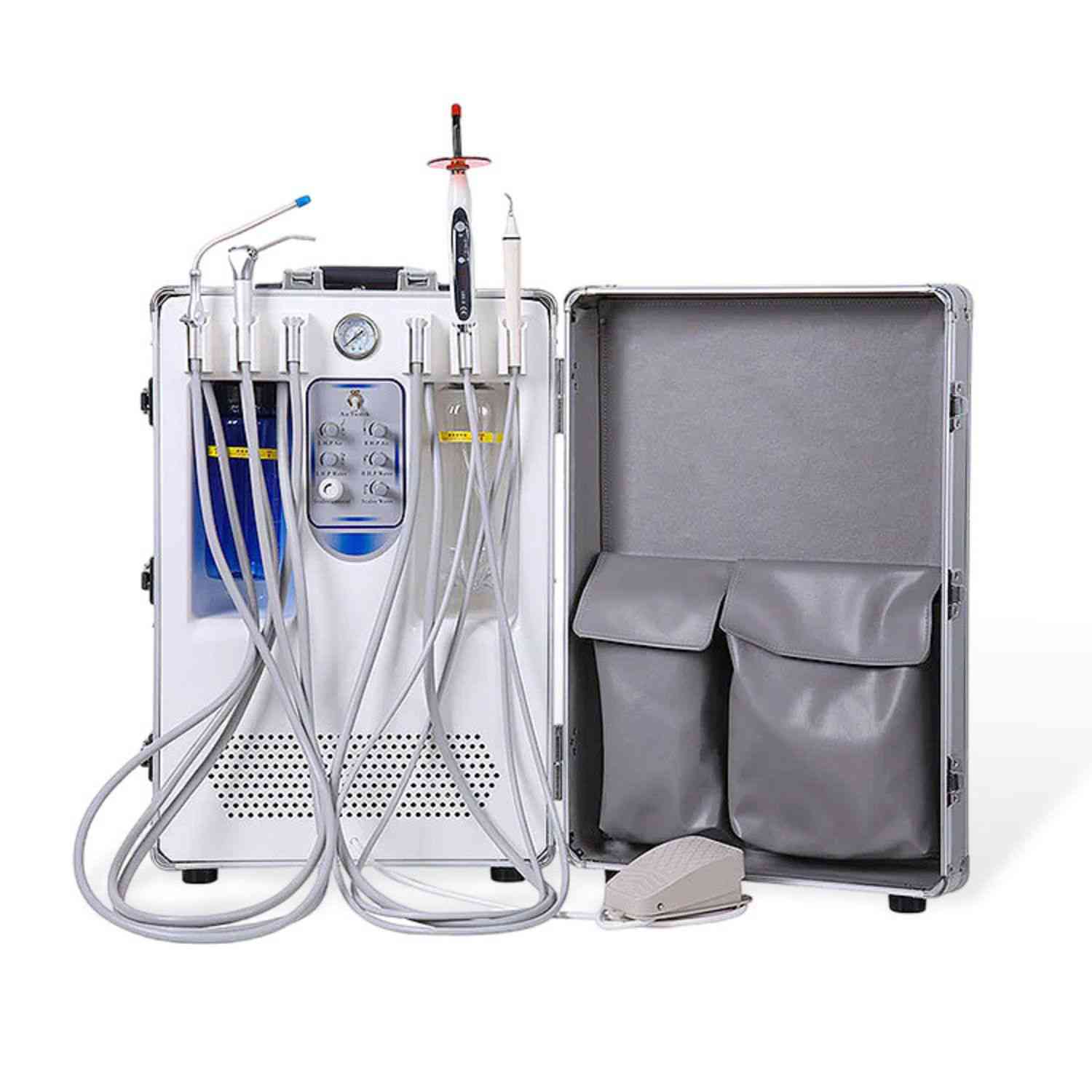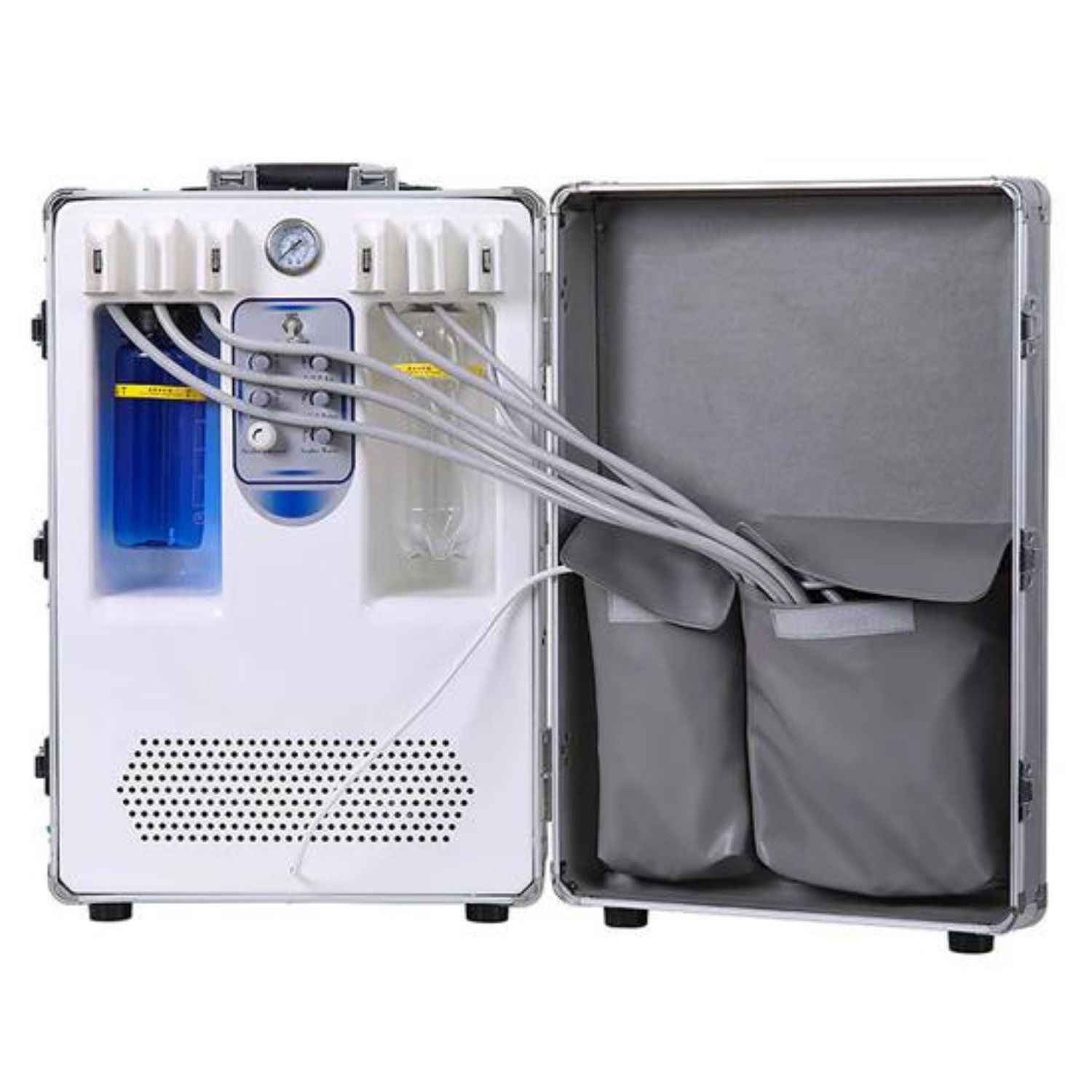Can You Get Multiple Dental Implants Placed in One Appointment? A First-Hand Guide
I’ve been writing about health and medicine for a long time. One of the topics I get asked about most is dental work. Specifically, people want to know about dental implants. The big question I hear is, "Can I get multiple dental implants in one appointment?" The short answer is a big, resounding YES. In this guide, I’m going to share what I've learned about this process. We'll look at how it's possible to have multiple dental implants placed at the same time, the benefits of doing it this way, and how you can know if it’s the right choice for you. If you have several missing teeth and are tired of hiding your smile, this article is for you.
What Exactly is a Dental Implant, and Why Do People Love Them?
Before we talk about getting many implants, let's start with the basics. What is a dental implant? Think of it as a man-made tooth root. It's a small, screw-like post, usually made of titanium. A dentist surgically places this post into your jawbone. Why titanium? Because it's a special metal that your body likes. Your bone will actually grow around it and fuse to it. This process is called osseointegration, and it’s what makes a dental implant so strong and stable.
Once the dental implant is secure in your jaw, it acts as a sturdy base. On top of this post, your dentist can attach a new, fake tooth, called a crown. This new tooth will look and feel just like your natural teeth. You can eat with it, talk with it, and smile with it, and no one will know the difference. The best part is that a dental implant doesn't just sit on your gums like a denture. It becomes part of you, which helps keep your jawbone healthy and strong. This is a key reason why so many people choose this modern solution for replacing missing teeth.
So, Is It Really Possible to Get Multiple Dental Implants in One Day?
Yes, it is absolutely possible. In fact, it's quite common for a dentist to place multiple implants in one appointment. I’ve spoken to many patients who had this done, and they were amazed at how efficient the process was. Thanks to advancements in dental technology and planning, dentists can perform this procedure safely and effectively. Whether you need two implants for a couple of missing teeth in a row or a full set to replace an entire arch of teeth, the dental implants can be placed during a single visit.
This process is often called "immediate loading" or same-day implants. It saves you from having to come back to the dental office for multiple surgeries. Imagine having all the foundational work for your new smile done in just one session. The dentist carefully plans the entire dental implant surgery beforehand using 3D imaging of your mouth. This allows them to know exactly where each dental implant needs to go. This careful planning makes it possible to place multiple dental implants accurately and quickly. It's a game-changer in the world of implant dentistry.
Is There a Limit to How Many Dental Implants You Can Get?
This is a great question. You might be wondering if there’s a magic number or a strict limit to how many dental implants a person can receive. The truth is, there is no set upper limit. The real question isn’t "how many," but "what do you need, and what can your body handle?" The number of dental implants you can get depends entirely on your individual needs and your overall dental health. If you are missing all of your teeth, you could get a full set of implants to support a full bridge or denture.
For a full mouth restoration, you don't necessarily need one implant per tooth. That would be a lot! Instead, a dentist might strategically place 8 to 12 implants on the top and bottom jaw to support a full new set of teeth. This is a common and highly successful approach. The key factor is the health of your jawbone. Your dentist will take scans to make sure your bone is dense and strong enough to support multiple implants. If your bone is a little weak, you might need a bone graft first, but even then, it's usually possible to get the implants you need. There's no hard limit to how many, just what's right for your mouth.
What Are the Main Reasons You Might Need Many Dental Implants?
People need multiple implants for various reasons. The most common reason is when you have multiple missing teeth. This can happen due to an injury, severe tooth decay, or gum disease. When you have several gaps in your smile, it can affect how you eat, speak, and feel about yourself. Getting multiple dental implants is a fantastic way to restore both function and confidence. It’s a permanent solution that feels much more natural than a removable partial denture.
Another big reason is to support a dental bridge. If you’re missing three or four teeth in a row, a dentist can place a dental implant on either side of the gap. These two implants can then support a bridge of three or four new teeth. This is often better than a traditional bridge, which requires grinding down healthy teeth on either side of the gap. You might also be considering a full-arch restoration if you are missing most or all of your teeth. In this case, a small number of implants (often just four to six) can support a full, permanent set of new teeth. This is a wonderful way to replace multiple teeth at once.
How is Placing Multiple Implants Different from Just One Dental Implant?
The basic implant procedure for one dental implant is very similar to the procedure for placing multiple implants. The main difference is the scale and the planning. When you’re only getting one implant, the focus is on that single spot. The surgery is usually quicker and involves a smaller area of your mouth. Your dentist will make a small incision, place the titanium post, and stitch you up. It’s a straightforward process.
When getting multiple implants, the planning becomes much more detailed. Your dentist will use 3D scans to create a precise surgical guide. This guide is like a map for your mouth, showing the exact location and angle for each dental implant. During the one appointment, the dentist will work on several areas of your mouth. While the surgery itself takes longer, it’s all done at once. This means you only have to go through the preparation and healing process a single time. Compared to a single implant, the overall treatment time from start to finish is often much shorter when you place multiple implants at once.
Here is a simple table to show the difference:
|
Feature |
Single Dental Implant |
Multiple Dental Implants |
|
Goal |
Replace one tooth. |
Replace several teeth or a full arch. |
|
Planning |
Focused on one specific site. |
Detailed 3D mapping for multiple sites. |
|
Surgery Time |
Shorter (usually under an hour). |
Longer (can be several hours). |
|
Number of Visits |
Multiple visits for one tooth. |
Can be done in one session for all posts. |
|
Recovery |
Healing is focused on one area. |
Healing happens in all areas at once. |
|
Overall Time |
Can be long if you do one implant at a time. |
Faster overall, as you do everything at once. |
Are There Big Advantages to Getting Multiple Implants Placed at Once?
You bet there are. From my research and talks with dentists, the benefits are clear, especially for the patient. The biggest advantage is time. Instead of spreading out multiple surgeries over many months, you get it all done in one go. This means less time off work, less time in the dental chair, and a faster path to your new smile. It streamlines the whole treatment plan.
Another major benefit is the recovery. This might sound strange, but having one single recovery period is much better than having several. Your body starts to heal immediately after the implants are placed. By having them all placed at the same time, you go through the healing process just once. This can also mean less overall discomfort and a shorter total recovery time. Finally, it can be more cost-effective. Combining procedures can often reduce the total cost, as you are only paying for one surgical setup, one round of anesthesia, and so on. Many patients find that multiple implants in one appointment is the most convenient option.
How Do I Know if My Jawbone is Strong Enough for a Multiple Implant Procedure?
This is the most critical factor for a successful multiple implant procedure. For a dental implant to work, it needs to fuse with your jawbone. This means you need to have enough healthy bone to provide a strong foundation. So, how do you know if you have enough to support a dental implant? Your dentist will be the one to determine this. They will take special X-rays, usually a cone-beam computed tomography (CBCT) scan. This scan creates a 3D image of your jaw.
This 3D image allows your dentist to see the height, width, and density of your jawbone. They can see exactly where the nerves and sinuses are, which is very important for safe placement. If the scan shows that your bone is a little thin or weak, don't worry. It doesn't mean you can't get a dental implant. Your dentist may recommend a bone graft. This is a procedure where they add bone material to your jaw to build it up. After the graft has healed, your jaw will be strong enough to support multiple implants. Your dentist will make sure your foundation is solid before building your new smile.
What Does a Treatment Plan for Multiple Missing Teeth Look Like?
A good treatment plan is the key to success when you’re dealing with multiple missing teeth. It all starts with a detailed consultation at a place like dental implants in Colorado Springs. Your dentist will examine your mouth, talk about your goals, and take those important 3D scans we discussed. This first step is all about gathering information to create a custom plan just for you. You are a partner in this process.
The next step is the plan itself. Your dentist will show you the 3D images and explain where each dental implant will be placed. They will discuss the type of dental restoration you will get, whether it's individual crowns, a bridge, or a full-arch prosthesis. The treatment plan will also outline the timeline, from the day of surgery to the day you get your final, beautiful teeth. It will cover the cost and any preparatory work you might need, like a bone graft or extracting a failing tooth. A clear treatment plan ensures there are no surprises and that you feel confident moving forward.
Let's Talk Recovery: Is It Tougher with Many Dental Implants?
It’s natural to think that recovering from a multiple implant surgery would be much harder than from a single implant. In my experience, that's not necessarily true. While you will have more areas in your mouth that are healing, the recovery process itself is very similar. The great news is that you only have to go through it once. You can expect some swelling, bruising, and mild discomfort for a few days after the dental implant surgery. Your dentist will give you instructions on how to manage this, usually with over-the-counter pain relievers and a soft-food diet.
The healing period for a dental implant is mostly about letting the implants integrate with your jawbone. This takes a few months, but you won't be in pain during this time. You'll be able to go about your daily life. The most important thing is to follow your dentist’s aftercare instructions carefully. This means keeping the area clean and avoiding hard or crunchy foods for a while. Whether you’re getting one implant or several, proper care is what ensures a smooth recovery and a successful outcome. The treatment time for healing is about the same for a single and multiple implant case.
Who is the Ideal Person for Getting Multiple Dental Implants?
So, who is the best fit for this procedure? The ideal candidate for getting multiple dental implants is someone in good general health who is missing many teeth. If you’re missing multiple teeth and are looking for a permanent, stable solution for replacing missing teeth, then this could be perfect for you. Good oral hygiene is also very important. You need to be committed to taking care of your new teeth just like you would your natural teeth.
A good candidate also needs to have enough healthy jawbone. As we talked about, this is something your dentist will check with a 3D scan. Even if you don't have enough bone right now, a bone graft can often make you a candidate. Finally, it’s for someone who wants the convenience of a streamlined process. If the idea of fewer surgical appointments and a shorter overall treatment time sounds good to you, then you should definitely talk to your dentist about whether implants can be placed in one visit. Dental implants offer a wonderful new lease on life for so many people.
Key Things to Remember
Here's the bottom line. When considering dental implants, remember these key points:
-
Yes, You Can: It is very common and safe to have multiple dental implants placed in a single appointment.
-
Planning is Everything: Success comes from a detailed treatment plan using modern 3D imaging.
-
No Hard Limit: The number of implants you can get depends on your needs and your jawbone health, not a set number.
-
One and Done: A major benefit is having one surgery and one recovery period, which saves time and hassle.
-
Bone is Key: Your jawbone must be healthy and enough to support multiple implants. Your dentist will check this first.
-
It’s a Team Effort: Your journey to a new smile is a partnership between you and your dental team. Follow their advice for the best results.
-
A Worthy Investment: A dental implant is a long-term investment in your health, confidence, and quality of life.

